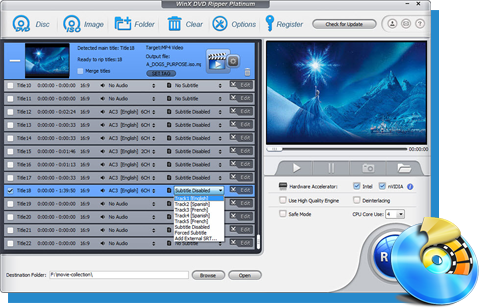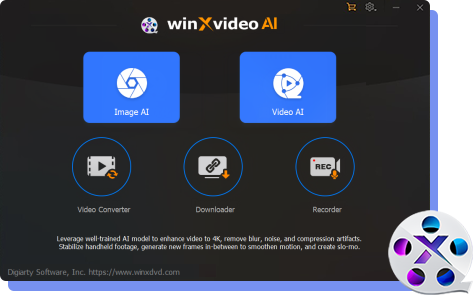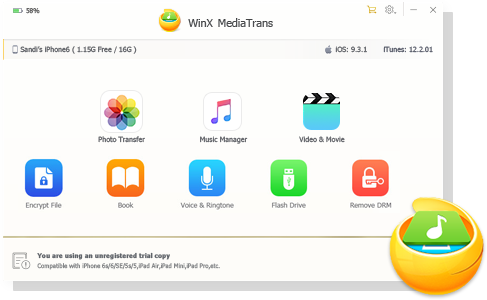Best Deepfake Software in 2025: Tools, Reviews & Ethical Insights
 Mike Rule
Mike Rule
Updated on
The deepfake landscape has evolved dramatically, blending entertainment, creativity, and ethical challenges. This guide curates the best deepfake software of 2025—prioritizing reliability, ease of use, and innovation—based on technical analysis, Google trends, and community feedback from Reddit and tech forums. We cover tools for beginners to experts, including best free deepfake software, PC/Mac-compatible solutions, and cloud-based platforms. Each tool is rigorously tested against real-world scenarios like content creation, identity verification, and digital art.
The Double-Edged Sword of Deepfake Technology: Why Your Choice Matters
Imagine a small business owner targeted by a scam using a cloned voice of their CEO, or a filmmaker needing affordable CGI for a indie project. Deepfakes can empower or endanger. In 2025, 98% of malicious deepfakes target financial fraud and misinformation, yet ethical tools also help historians animate archival footage or marketers personalize campaigns. Key user pain points include:
- Accessibility: High-end tools require GPUs, while mobile apps sacrifice quality.
- Detection Resistance: Advanced tools like those using Generative Adversarial Networks (GANs) create near-undetectable fakes, escalating the arms race against detectors like Intel’s FakeCatcher.
- Ethical Risks: Non-consensual pornographic deepfakes comprise 96% of online deepfake content.
Choosing reputable software mitigates harm while unlocking creative potential.
Friendly reminder: When using deepfake software, always ensure you have the consent of the individuals involved and avoid using copyrighted material without permission to prevent legal and ethical violations.
Best 7 Deepfake Software Picks for 2025: Detailed Analysis
DeepFaceLab
Since 2020, DeepFaceLab has been the industry standard for professional face-swapping workflows. Its dual‑autoencoder and GAN pipeline delivers lifelike replacements, de‑aging, and lip-sync, making it a favorite among filmmakers and digital artists.
Although the GitHub repo was archived on November 13, 2024, it’s still widely used. An active community shares pre‑trained models, scripts, and tutorials, keeping its ecosystem vibrant despite archived status.
Key Features:
- Face/head replacement, age transformation, expression transfer.
- Batch processing and CLI automation.
- Integration with DaVinci Resolve/After Effects.
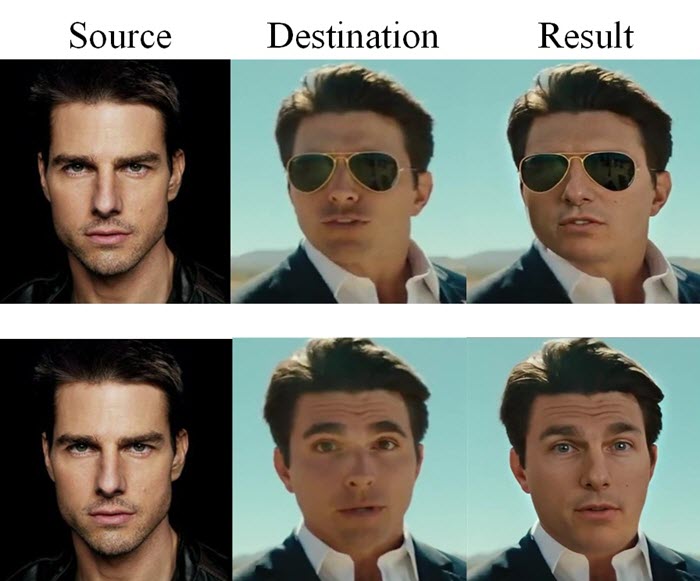
- Free, open-source.
- Unparalleled customization.
- Steep learning curve.
- Requires NVIDIA GPU (CUDA).
FaceSwap
FaceSwap is a user-friendly open‑source alternative to DeepFaceLab, running seamlessly on Windows, macOS, and Linux. It offers real‑time previews and an auto‑save system that simplifies training sessions. Built on TensorFlow and Keras, it delivers cutting‑edge, high‑quality deepfake outputs.
The current beta version, FaceSwap 3, is transitioning to Keras 3 and PyTorch as backend options, with support for Apple Silicon, AMD (ROCm), and Windows platforms. This upgrade enhances flexibility and performance for digital artists working across different environments.
Key Features:
- Real-time preview, model auto-saving.
- Comprehensive documentation and Reddit community support.
- Head/full-body swapping.
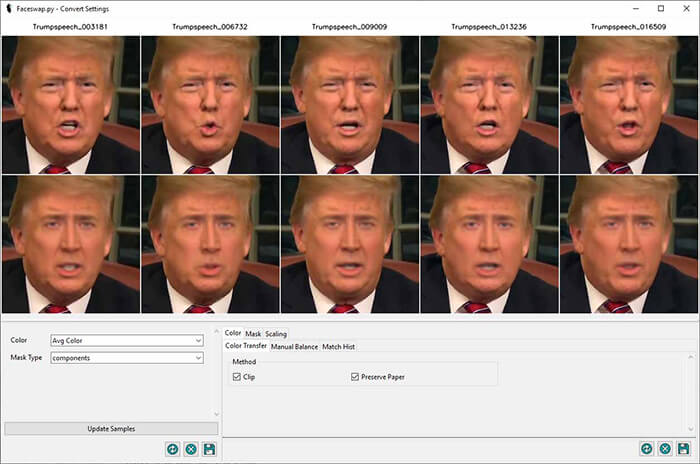
- Free.
- Multi-OS support.
- Active updates.
- Demands high VRAM.
- No voice cloning.
Reface
Reface, boasting over 100 million downloads on Android alone, leverages GAN‑based AI to swap user faces into GIFs and short videos in mere seconds. Its stunning output quality, combined with intuitive controls, makes it an instant favorite for social‑media creators.
Tailored for non-technical users, Reface balances playful experimentation with ease of use—no deep learning knowledge required. A clean interface guides users through face swaps and animations effortlessly, striking the perfect harmony between entertaining and accessible content creation.
Key Features:
- Live face/gender swaps, celebrity templates.
- Daily updated meme/GIF library.
- One-tap social sharing.
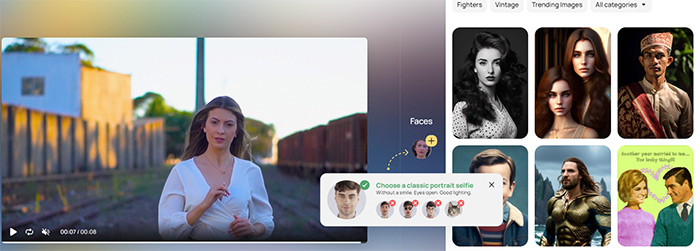
- Free tier available.
- Instant results.
- Watermarks on free outputs.
- Limited video length.
Deepfakes Web β
This cloud-based SaaS offloads deepfake processing to powerful GPUs hosted remotely. Users simply upload a video, and the platform handles all training and rendering automatically—ideal for creators without local hardware. It streamlines production with minimal setup and effort.
Upgrading to the premium tier dramatically speeds up processing—from roughly five hours locally down to about sixty minutes in the cloud. This tier leverages higher‑end GPUs and optimized pipelines, delivering professional‑level results fast. It’s perfect for time-sensitive projects or creators on tight schedules.
Key Features:
- Reusable trained models.
- Watermarked outputs to flag fakes.
- API for developers.

- No local GPU.
- Beginner-friendly.
- Subscription-based ($19/month).
- Internet-dependent.
Avatarify
Avatarify animates static photos in real time using live facial cues from your webcam. Leveraging advanced AI, it maps expressions and movements onto a still image, transforming it into a lifelike, responsive avatar—perfect for bringing any portrait to life during streams or video calls.
Educators and presenters use Avatarify to "revive" historical figures, making lessons more engaging. Reddit users appreciate its low-latency performance, noting that facial tracking feels fluid and responsive, ideal for interactive use during live streams and virtual presentations.
Key Features:
- Live mode for video calls/streams.
- Artwork animation (e.g., Mona Lisa talking).
- Meme templates and audio sync.
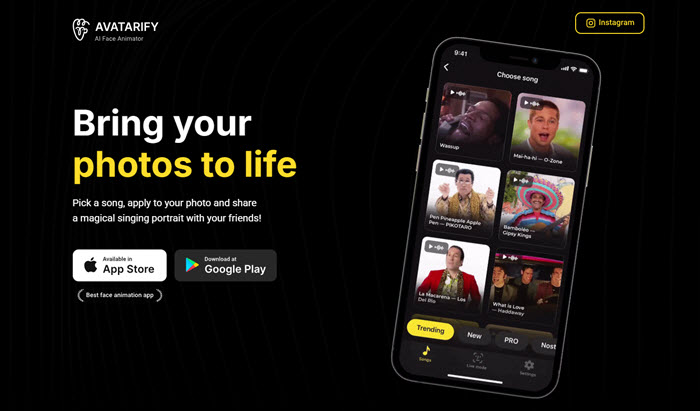
- Free starter plan.
- Real-time use.
- iOS/Android only.
- Requires high-end phone.
FaceApp
FaceApp’s viral "aging filter" exemplifies its powerful AI engine, using neural networks and GANs to apply lifelike wrinkles, gray hair, and facial structure alterations. The app also edits expressions, adds makeup, and executes gender swaps, producing impressively photorealistic transformations.
Launched in early 2017 on iOS and Android, FaceApp quickly gained popularity for its user-friendly interface and seamless AI-powered edits. Users can toggle between expressions, makeup, age progression, and gender change—all with a single tap, making high-quality photo modifications accessible to everyone.
Key Features:
- 60+ filters (age, gender, smile enhancement).
- Blemish removal and background editing.
- One-tap social sharing.
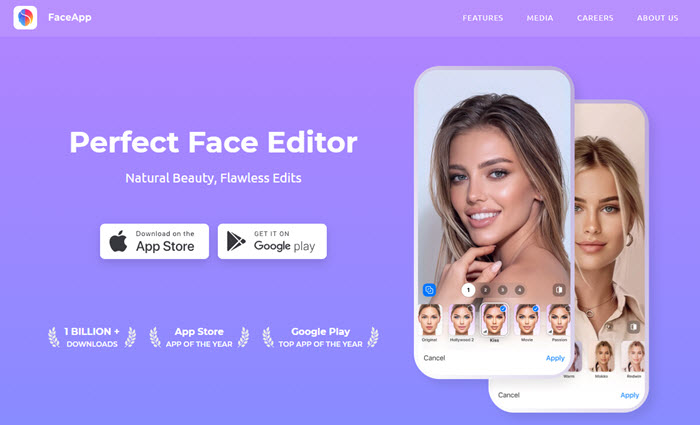
- Instant edits.
- Free tier available.
- Watermarks.
- $8/week Pro subscription.
Wondershare Virbo
Wondershare Virbo merges seamless face swapping with AI-driven scripting to create talking avatars from static images. Users upload a photo and script, and the tool generates polished explainer videos or ads. Built-in templates and dynamic animation simplify the production process.
Trusted by marketers, Virbo offers multilingual voice cloning in over 120 languages and accents, along with 150–300+ realistic avatar templates. Its cloud-based system ensures fast, scalable output ideal for global campaigns, easily supporting regional content strategies.
Key Features:
- Text-to-video with AI voices.
- 300+ templates for business/education.
- Real-time preview and 4K export.

- Web-based.
- No editing skills needed.
- Limited free exports
- Requires subscription.
Deepfake Software Comparison Table (2025)
As deepfake technology continues to evolve in 2025, selecting the right tool can be challenging. The following comparison table highlights key strengths, platform compatibility, and ideal use cases of leading deepfake software, assisting you in making an informed choice.
| Software | Platform | Price | Key Strengths | Best For |
|---|---|---|---|---|
| DeepFaceLab | Windows | Free | High realism, film-grade editing | Pros, researchers |
| FaceSwap | Win/macOS/Linux | Free | Cross-OS, real-time preview | Intermediate users |
| Reface | Android/iOS | Freemium ($2.49/week) | Instant celebrity swaps | Social media creators |
| Deepfakes Web β | Web | $19/month | Cloud GPU, reusable models | Beginners, no-GPU users |
| Avatarify | iOS/Android | Freemium ($3.49/week) | Live animation, low latency | Streamers, educators |
| FaceApp | iOS/Android | Freemium ($8/week) | Photo filters, skin retouching | Photo editors |
| Wondershare Virbo | Web | $24/month | AI avatars, multilingual support | Marketers, businesses |
Key Insight: Free tools like DeepFaceLab and FaceSwap provide maximum control over the deepfake creation process, allowing users to fine-tune every aspect of their projects. However, these tools demand a high level of technical skill and often require significant computational resources, making them ideal for professionals and enthusiasts with the necessary expertise.
In contrast, cloud-based and mobile applications such as Reface and Wondershare Virbo prioritize accessibility and user-friendliness. These platforms enable users to create compelling content quickly and easily, without the need for specialized knowledge or powerful hardware. While they may offer less customization, they are perfect for marketers, educators, and content creators seeking efficient solutions for engaging videos and visuals.
Conclusion: Navigating the Deepfake Ecosystem Responsibly
Deepfake software isn’t inherently malicious—it’s a tool shaped by user intent. Ethical guidelines are critical:
- Consent is non-negotiable: Never manipulate faces without permission.
- Combat misinformation: Use detection tools like Sensity AI (98% accuracy) to verify media.
- Start small: Try Reface or FaceApp before advancing to DeepFaceLab.
The best deepfake software balances power, accessibility, and ethical safeguards. As GANs evolve, expect tighter OS integrations and real-time detection shields.
 FAQs About Deepfake Software
FAQs About Deepfake Software
Reface (mobile) and Deepfakes Web β (cloud) are top choices for ease of use. FaceSwap is ideal for free PC deepfake software.
Yes! FaceSwap and DeepArt offer native macOS support. Avoid GPU-heavy tools like DeepFaceLab .
Context matters. Creating non-consensual porn or fraudulent content is illegal globally. Satire/art may fall under "fair use"—consult local laws.
Tools like Intel’s FakeCatcher analyze blood-flow patterns in pixels or "phoneme-viseme mismatches" between audio and mouth movements.
DeepFaceLab + GAN refinement produces the most convincing fakes due to iterative flaw correction.


